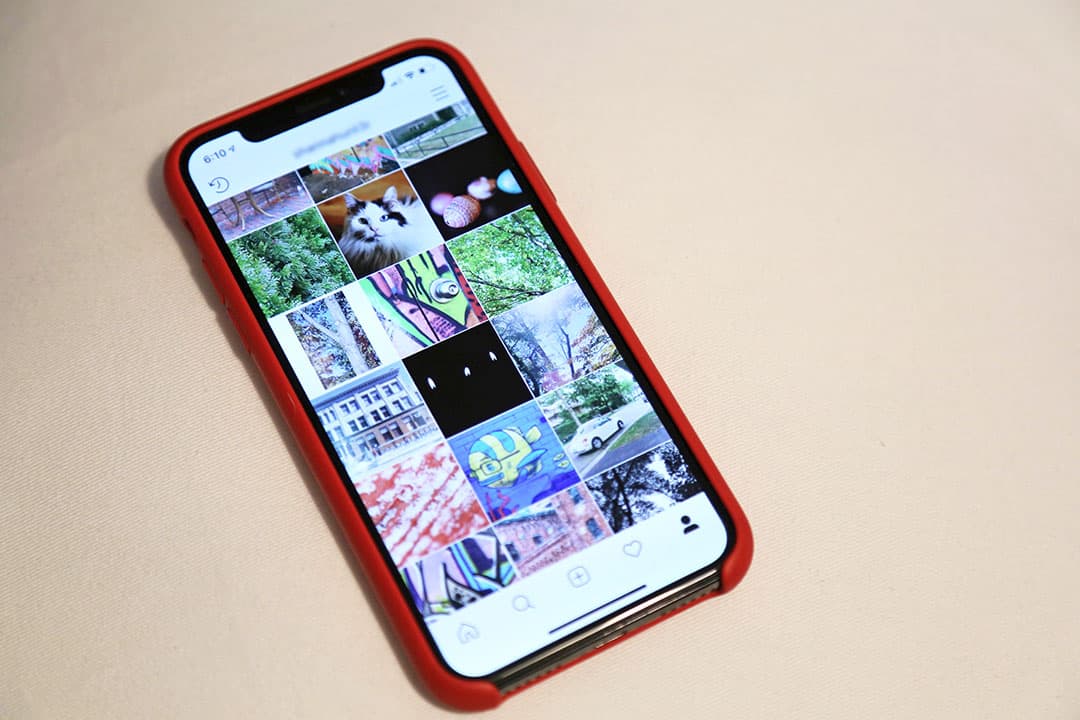The earth stood still. I was empty, sore, and very hungover. It was the day after my 19th birthday, and my grandmother was lecturing the hell out of me. “It’s a question of moderation, dear. Moderation.”
My ol’ Nan was right. I’d gone overboard and I’d paid for it dearly.
Although I’ve always backed the whole ‘everything in moderation’ attitude, ever since that traumatic tongue-lashing I’ve really tried my best to keep to it.
I started by applying this motto to social media, but it didn’t exactly go according to plan. I relapsed and wasted tons of time. This sort of pitiful failure is unsurprising if you ask Tristan Harris, ex-Google employee and current design ethicist.
In an interview with WIRED, Harris said that the “the [tech] industry uses design techniques to keep people hooked to the screen for as long and as frequently as possible. Not because they’re evil but because of this arms race for attention.”
Sitting on the other side of the screen, Harris said, are very smart and cheeky Silicon Valley types, whose “techniques are only going to get more and more perfect over time.”
“There’s a whole system that’s much more powerful than us, and it’s only going to get stronger,” he warned.
According to a 1,500-person survey report from the Royal Society for Public Health, Instagram is one of the most addictive social media platforms. The big red hearts, easy scrolling, and multi-layered editing make it irresistible to our insecure, impulsive brains.
The worst part about Instagram is what Nate Ware calls the “expectation gap.” Instagram showcases fantasy and passes it off as reality. Photos are always fun and edgy, happy and friendful. Life is far from that — it’s rough, volatile, and strange. But that triad doesn’t exactly bring in the ‘likes.’
That’s what the ‘finsta’ is for. These friends-only accounts are for broadcasting legitimately funny, authentic, self-deprecating things — certainly not for the public to see.
However, it seems like the ‘finsta’ is still an all-too real representation of how superficial we are. But is it really that surprising?
Outside of social media, everyone’s got an image they want to convey. If you’re with strangers, even acquaintances, you’re polished: you watch your language, you dress nicer, you make an effort. But around tes amis, there’s none of that pressure; guys can be dudes. Instagram is just a modern example of behaviour that’s been raging since time immemorial.
Some take the polishing too far, though. The worst offenders on this front are Instagram ‘influencers,’ the biggest, cringiest phonies on social media. Influencers gush out streams of random quotes, workout videos, stunning pictures, and passionate monologues. They claim to motivate and inspire, but are often just walking billboards for big, faceless companies.
Take the Fyre Festival. After being offered cash to promote the event, over 400 influencers took to Instagram to talk it up. The ‘festival’ ended up going down flames with acts backing out, workers being shortchanged, and hundreds of ticket-holders getting scammed.
But it’s not all doom and gloom. In some cases, Instagram may be used to help. Last year, Bruce Hardy and Jessica Castonguay argued that “social-media use may actually decrease anxiety for young people under the age of 30.” It was a contentious argument, and there are tons of people who believe otherwise. As Jake Pitre wrote in The Globe and Mail, “other studies have shown that social-media use in adolescence is linked with poor sleep quality, anxiety, depression and low self-esteem.”
It’s real murky territory — which is why, more than anything, it depends on the individual.
The key, as my grandmother rightly told me, is moderation. Most things — Instagram, inspiration, Alexander Keith’s, tequila — are great if consumed slowly and mindfully. It’s only when you go overboard that you end up empty, sore, and regretful.


